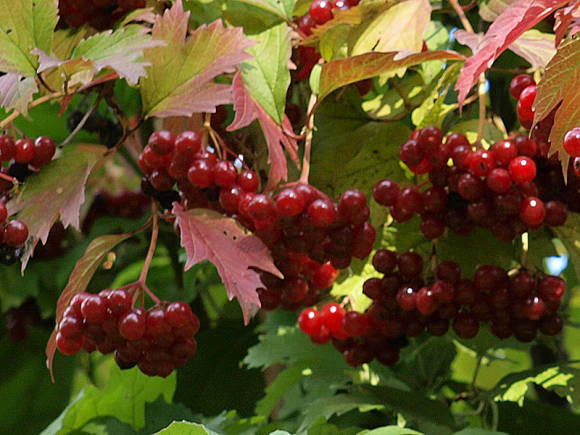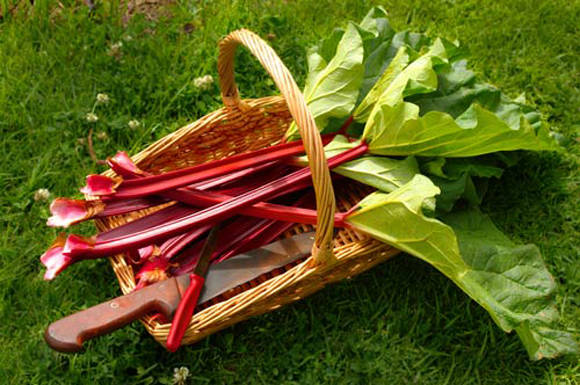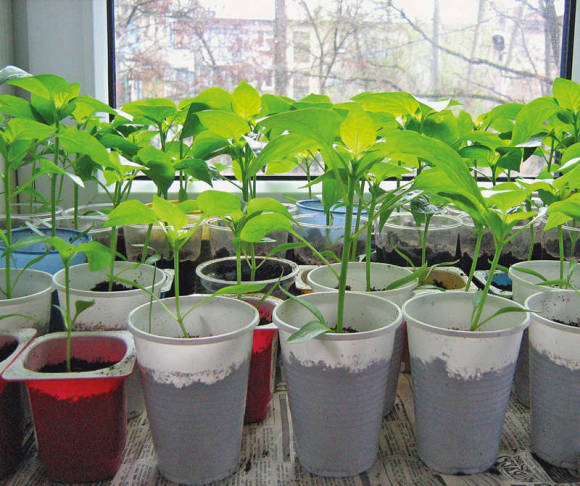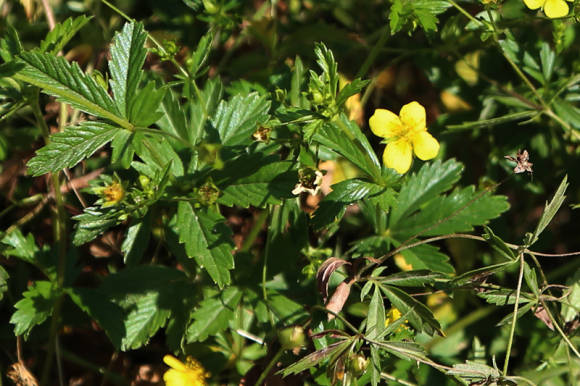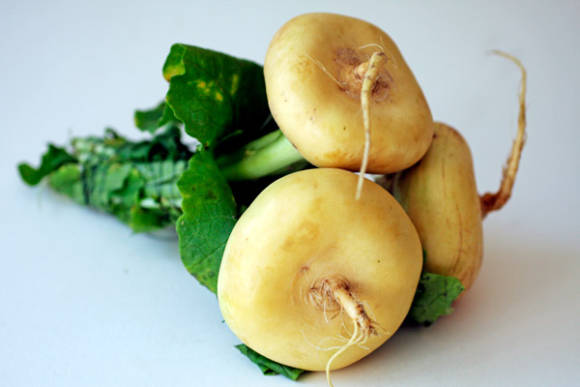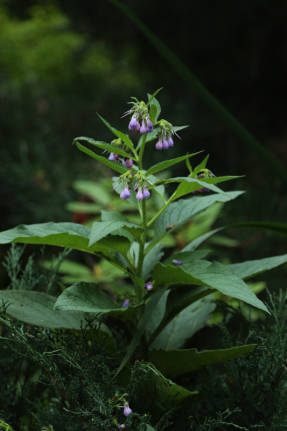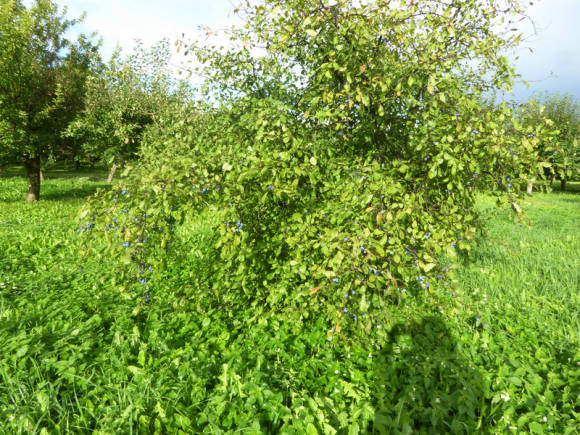Cultivation history

Fig, fig tree, or wine berry is one of the first crops cultivated by man. Figs may have been domesticated several thousand years earlier than millet and wheat. This plant appears in the Bible. The ancient Egyptians grew figs more than 6,000 years ago and considered their fruits the most delicious of fruits, they were most loved by Queen Cleopatra. And the Greeks were so proud of them that for a long time they were forbidden to take them out of Attica, and those who disobeyed the ban were called "fig informers", which eventually became a household word and spread to all people who had lost their respect - liars, informers and sycophants. The Romans grew figs throughout their empire. Pliny the Younger (61-112 AD), reported on 29 different varieties of figs and that figs prolong youth and delay the appearance of wrinkles in the elderly.
The long history of cultivation of this plant does not allow us to accurately establish the center of the natural origin of the species, but it is assumed that it was somewhere between the Middle East and the Mediterranean. Fossil remains of figs were found in the Jordan Valley in the excavations of a Neolithic village and date back to around the 10th century BC. These fruits were seedless, which proves their cultivated origin.
Scientific name of fig - ficus carica (Ficus carica), together with other ficuses, it belongs to the same genus of the Mulberry family (Moraceae). It received its specific name due to the area of Kariya in Asia Minor.
In nature, it is a shrub or a small deciduous tree 6-10 m high, often multi-stemmed, with a spreading crown. Leaves up to 25 cm, with three, five or seven main deep lobes, irregularly toothed along the edge, roughly rough, with hairs on the underside, with a specific odor. All parts of the plant, except for ripe fruits, secrete milky juice, which, if it gets on the skin, can cause irritation, and in the sun it can cause dangerous photodermatitis. The flowers are inconspicuous, collected in closed inflorescences of two types, which are located in the leaf axils. Caprifigi-type inflorescences are used to produce pollen, and fig-type inflorescences develop fruits. Fig is a dioecious plant, figs and capryphigs grow on different trees. Flowers are pollinated only by a certain type of wasp, the pollination pattern is quite complex and vulnerable. Some varieties do not need pollination, the seeds develop parthenocarpically, without fertilization. In culture, it is mainly these varieties that are grown.
The fruits, like all ficuses, are syconia - overgrown parts of the stem, fleshy hollow vessels with a small hole, ovoid, pear-shaped or flattened, from green to purple. Fruit weight - 40-150 g. True fruits are small and are located on the inner side of syconium. The fig tree produces two harvests a year. The fruits of the first harvest are formed on last year's shoots, the second harvest ripens on young growths of the current year. The second, autumn harvest is considered the main one, although some varieties are capable of producing an abundant spring one. Ripe fruits are practically not stored, only a few days.
All varieties of figs are divided into 3 groups according to the method of fruiting.
- pollination is necessary for fruit ripening.
- for fruit ripening, pollination is not necessary; parthenocarpic development of seeds occurs.
- pollination is not required for the first harvest in spring to ripen; it is necessary for the autumn harvest to ripen.
For a long time, the absence of a pollinating wasp prevented figs from fully naturalizing in America.
The fig tree is unpretentious, capable of growing on poor stony soils - on mountain slopes, on stony taluses, in cracks in rocks. It can be content with a small amount of water, but it turns into lush, well-bearing plants only near rivers, with an abundance of moisture.
Among Jews and Muslims, figs are revered as one of the signs of wealth and prosperity.
Due to its delicious fruits, figs are widely spread not only in their homeland, but also in countries with a similar climate, from 8 to 11 climatic zones, in India, Africa, Australia, Central America, Bermuda and the Caribbean, Venezuela, Chile and Argentina. In the New World, the first fig trees were planted in Mexico in 1560, appeared in California in 1769, and now they grow in several hot and arid states of the United States. Since ancient times, figs have been bred in the Crimea, Transcaucasia and Turkmenistan, from the 15th-16th centuries - in Tajikistan and Uzbekistan. Now it is also cultivated in Dagestan and Krasnodar Territory. Growth in more northern regions is hampered by its instability to cold: even short-term frosts with a force of -150C are considered critical, and at a temperature of -90C, pollinating wasps that winter in fruits die.

Useful properties of figs
Figs are valued for their taste and nutritional properties, fruits and leaves have also found applications in medicine. Fresh fruits are used for food, along with the peel. They make jams, preserves, and make dried fruits. It is enough to eat about a kilogram of dried fruit to replenish the daily calorie intake for an adult. Figs contain a lot of fiber and calcium, as well as magnesium, phosphorus, potassium, copper, manganese, iron, chromium. It contains vitamins A, groups B, PP, C, K. Its medicinal properties have been proven for diseases of the gastrointestinal tract - for gastritis and heartburn, for duodenal ulcers. It reduces the acidity of the stomach, has a normalizing effect in gastric disorders of emotional origin, and is a mild laxative. Figs are also known for their high antioxidant properties.From the leaves of the fig tree, a medicine is prepared that helps with vitiligo and some types of baldness. Milky sap is used to make ointments against warts. Ripe fruits, brewed in milk, serve as a medicine for inflammatory diseases of the mouth and throat.
Growing figs indoors
Ficus carica, perhaps the most light-loving of all ficuses, prefers direct sun.
Ficus carica propagates by seeds and vegetatively. Seed propagation does not guarantee grade retention. Therefore, in cultural cultivation, vegetative propagation methods are used (cuttings, root shoots or layering).Fig varieties
Due to their unpretentiousness, figs are very popular in indoor plant growing. If you want to grow your own tasty and sweet figs, you need parthenocarpic (self-fertile) varieties that do not require pollination. For growing at home, the following varieties can be recommended: Sochi-7, Solnechny, Kadota, Dalmatsky, Violet Sukhumsky, Oglobsha, etc. Unfortunately, when young plants are spread among amateurs, the true name of the variety is often lost, but it is advisable to ask at least those whether the parent plant bore fruit indoors. The varieties differ in the shape and color of the fruit (from yellow to purple, there are striped ones), taste and ripening times, as well as the shape of the leaf. There are varieties with heavily dissected leaves, there are variegated cultivars.
Caring for figs at home
Figs are quite unpretentious, it is a suitable fruit crop for growing at home, you just need to purchase a self-fertile variety and create the necessary conditions. The best place for figs all year round will be a glazed and frost-free loggia. There is plenty of light in the summer and cool in the winter.
The period of winter dormancy. Since figs are native to the subtropics, they need natural winter rest. If the plant is kept in a room, then in the fall you should try to find a cool room for it with a temperature from +1 to +10 0С.Typically, figs shed their leaves on their own, but if this does not happen, you must stop watering and dry the clod a little. The task of wintering is facilitated by the fact that a dark room is suitable for a plant without leaves. It can be a basement or a cellar. Watering during the winter months is limited, but the coma must not be allowed to dry completely. Water for irrigation in winter should not be too warm, so as not to wake up the plant ahead of time. Figs usually rest in the room for about two months, November-December. On a cool balcony, the plant begins to wake up in February-March.
Transfer. Before the start of the active growing season, the plant should be transplanted using the transshipment method. It is best to replant every year, slightly increasing the volume. It is not recommended to plant in a large volume at once. With the beginning of the spring growing season, watering is increased, the plant is brought out into bright light, and gradually fed.
Top dressing. The first feeding is carried out with a half dose of a complex universal fertilizer with microelements. Figs are not very picky about food, direct rays of the sun will serve as the best food.
Soil composition. Figs are also undemanding to the ground. It is good to add turf and sand to the purchased substrate. In summer, regular abundant watering is required without stagnant moisture in the pan. Figs quite calmly tolerate a short dry coma, but a strong one should be avoided, otherwise it sheds its leaves.
Trimming and shaping. To form a lush bush, figs must be cut, especially at a young age, in subsequent years, pruning is achieved to preserve the dimensions of the plant. In mature specimens, bare branches, almost without foliage, are strongly pruned to obtain young growth. Pruning is best done at the end of winter, before the buds swell and growth is active, when the plant is leafless.
Reproduction. Figs are easily propagated by semi-lignified cuttings in spring and summer. The lower cut of the cutting must be held under running water until the end of juicing, and then planted in the ground. Rooting takes place from 2 to 4 weeks. A young plant grown from a cuttings is capable of bearing fruit in the second year.
Read more about the grafting technology in the article. Cutting indoor plants at home. Figs come well from seeds, but this does not always guarantee the preservation of the variety. The seeds are taken from ripe fruits and slightly dried. It is not recommended to use unripe fruits, they contain scalding milky juice and non-viable seeds.Seed germination lasts up to two years. To obtain seedlings, it is necessary to sow seeds in moist soil to a depth of 2 cm, cover with glass or film and put in a bright, warm place. Seedlings appear in 3-4 weeks. When the seedlings reach a height of 10 cm, they are dived. Seedlings usually bear fruit in 4-5 years.
Pests. Figs are affected by mealybugs, scale insects, whiteflies, aphids, spider mites.
Read more about pest control measures in the article Houseplant pests and control measures.
It should be remembered that rough fig leaves do not tolerate mechanical stress during alcohol and oil treatments, the leaf withers and falls off.
